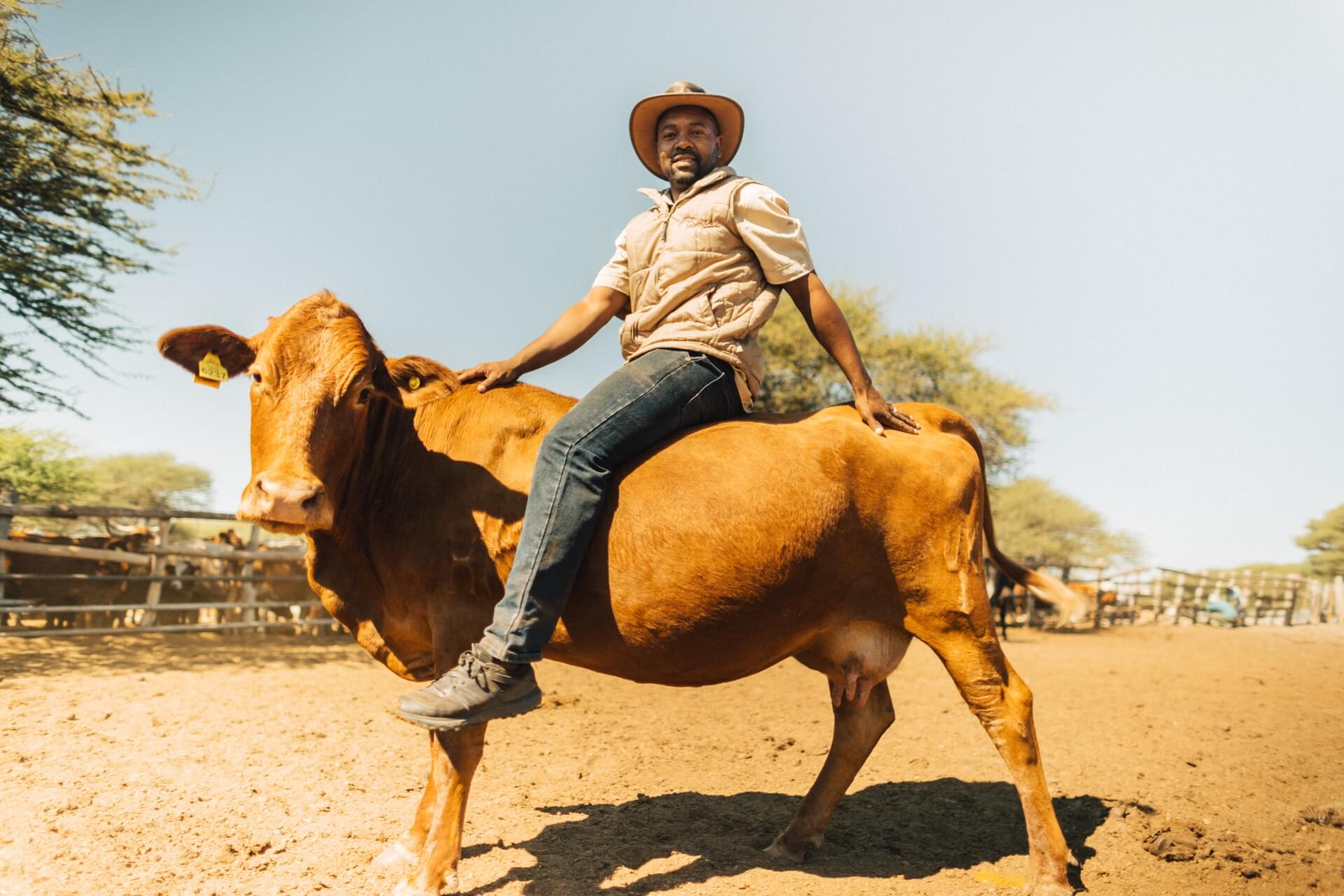DESTINATION
SUSTAINABILITY
Five-part documentary series for Botswana National Television
2017
A five-part documentary series about environmental-related projects developed in partnership between the Botswanan Ministry of Environment, Natural Resources and Tourism (MENT) and the United Nations Development Programme (UNDP).
During two and a half months, the field mission forced us to move around four permanent team members and two backup personnel, filming in 30 locations throughout the country.
This was a significant challenge due to the project’s logistical complexity, deadline, and the speed at which the 30min deliverables had to be produced for broadcast on BTV.
Energy Fields
Biogas Production
Botswana has a surface area similar to the entire Iberian Peninsula but with less than 3 million inhabitants, making it challenging to create and maintain energy distribution networks. However, it is Africa’s most significant livestock producer, with millions of cattle grazing freely. Why not use the cattle’s manure to produce gas in small domestic reactors that can be scaled up to allow electricity production and guarantee a supply of energy in rural areas?
Less Talk, More Doing
Bush Encroachment & Charcoal Production
Lake Ngami is one of the largest bodies of water in the Kalahari. Periodically drying up, the emerging areas are invaded by Prosopis juliflora. This is an invasive species whose proliferation is primarily due to the deterioration of the soil layers due to extensive livestock farming. For years, research has been conducted on how to contain the plant. As a result of this research, a program has been launched to eradicate them and convert them into charcoal. This also provides a livelihood for the villages adjacent to the lake that cannot fish during the low water season.
No Oil To The Ground
Use Of Oil Receptacles
The generation of waste from used synthetic oil lubricants has become a significant concern for the country due to a lack of recycling and waste treatment infrastructure. With the realisation of the need to collect and treat this waste, Tshole Trust, involving all stakeholders in the supply, usage, and disposal chain, in partnership with UNDP and the Ministry of Environment, has developed a program designed to advocate for proper handling of the waste as well as collecting and managing it in various parts of the country.
Wildlife Is Forever
Land Management &Tourism Value Chain
As a major protected landmass, wildlife tourism has become a significant driver of currency and economic growth for Botswana after mining and a symbol of national pride. However, watching the extensive land tracts creates conflict with local communities. This is further aggravated by the need for migratory corridors for several species between protected areas, where close contact between wildlife and human settlements is discouraged. The need for alternative solutions that redress this conflict includes viable conservation tourism-related livelihoods pioneered and encouraged by UNDP and stakeholders.
Back to Green
Soil Conservation
The loss of fertile topsoil is a severe problem for Botswana, a country with extensive semiarid land tracts. One of the main reasons for soil degradation is the cattle industry. Free grazing depletes native species, introduces alien invasive plant life, and weakens the topsoil through erosion, further compounded by shifting rain patterns and landslides. With guidance from development committees, government initiatives and communities around the country have presented solutions to combat these problems. As a result, they have managed to restore fertile topsoil, mitigate and prevent erosion through reforestation, advocacy, and infrastructure activities and guarantee a sustainable approach to soil use and preservation.
We filmed for two and a half months. During that time, we covered more than 10,000 km and visited dozens of locations, including main national parks and game reserves. We took more than six terabytes of footage with five different cameras, and about fifty interviews were conducted. We established an editing room in the base camp to deliver partial pieces of the documentary to be reviewed and supervised by UNDP and MENT personnel to contribute to the final deliveries.

Team
Santi Risco
Pedro Ramírez Paz
Tulani Tau
Sergio Balado
Andrea Fernández
Nuno Pessoa
Milena Flores
Mariano Sanz
Ian Wrigglesworth
Claudio Sesti
Delivered
5 TV broadcast videos (23′)
Photography
Research & scriptwriting
Production & filmmaking
Photography
Editing & post-production
Graphic design, editorial design
Technologies
Sketch App
Invision
Zeplin
React.js
WordPress/Woocommerce
